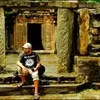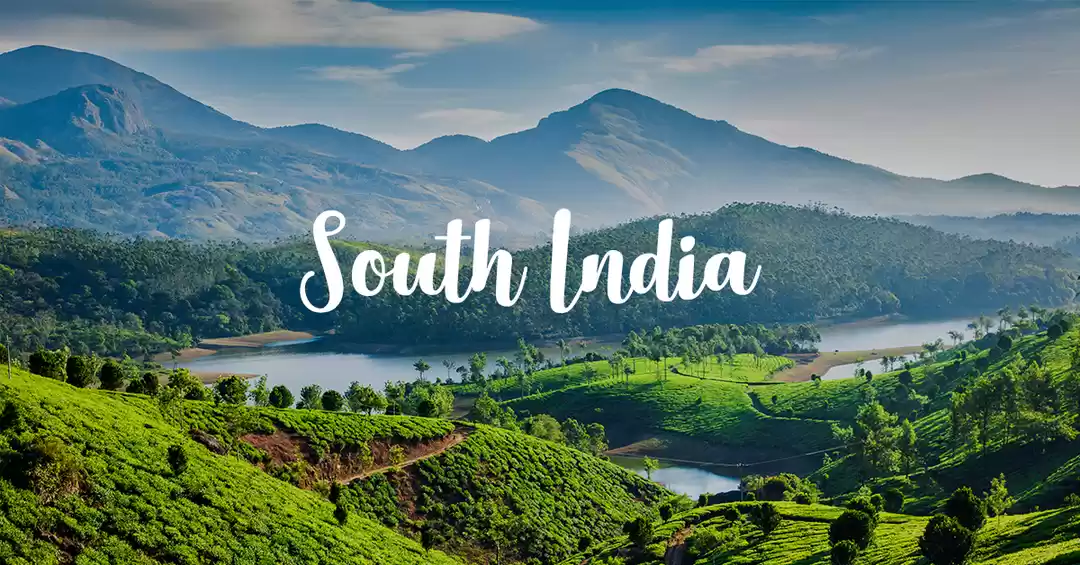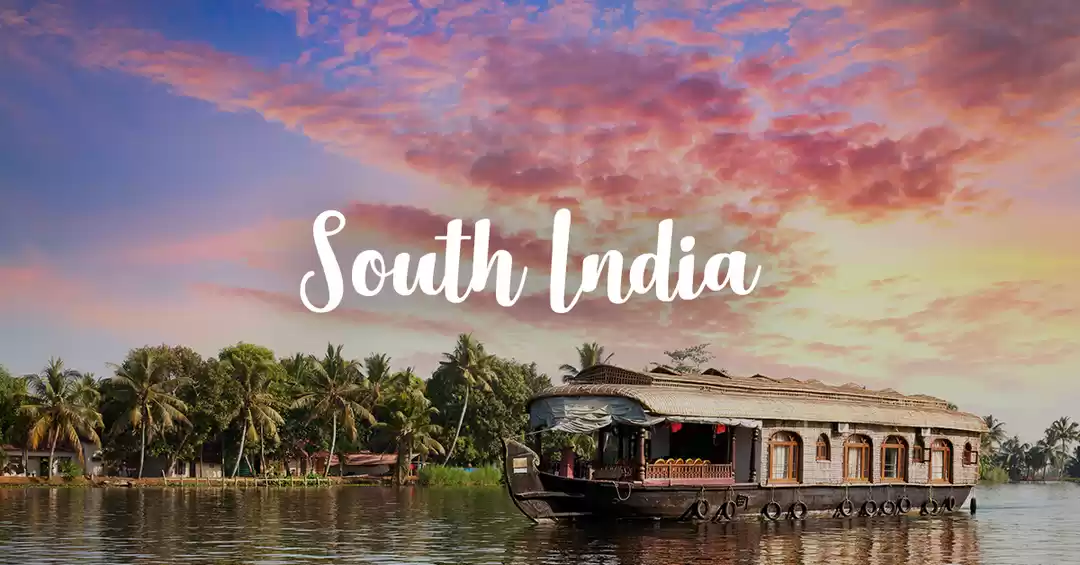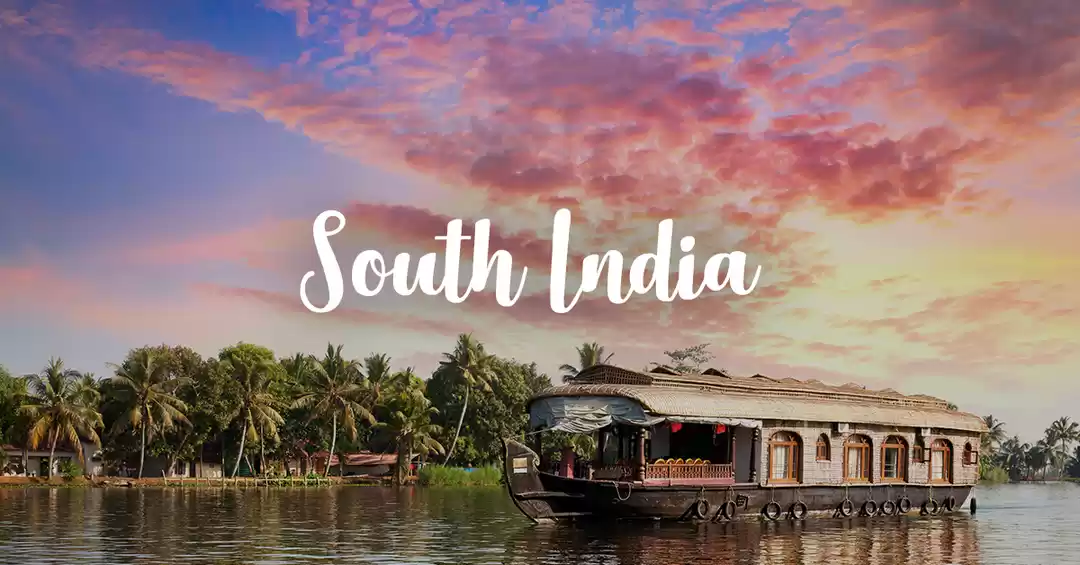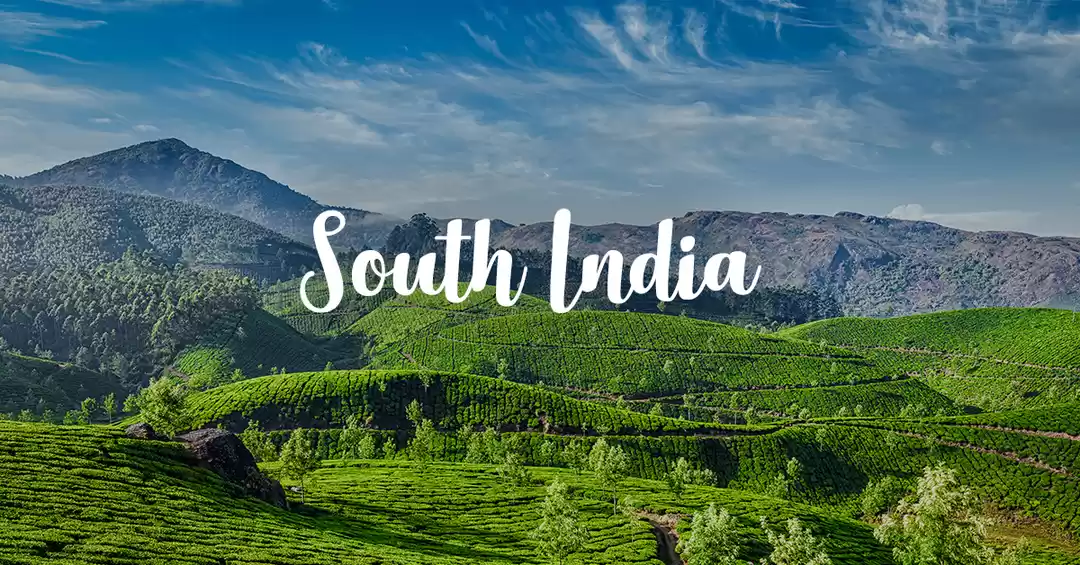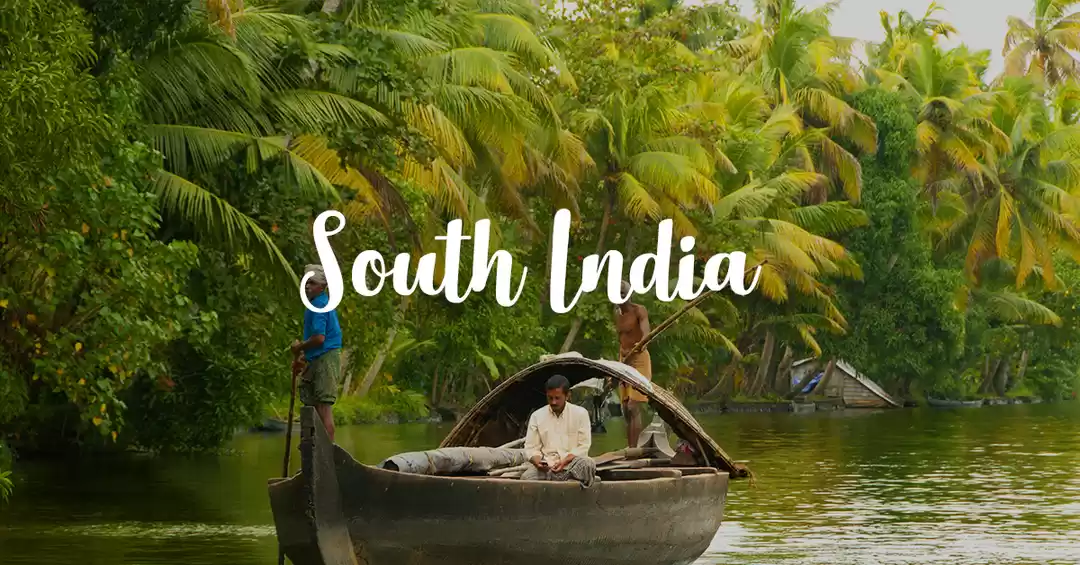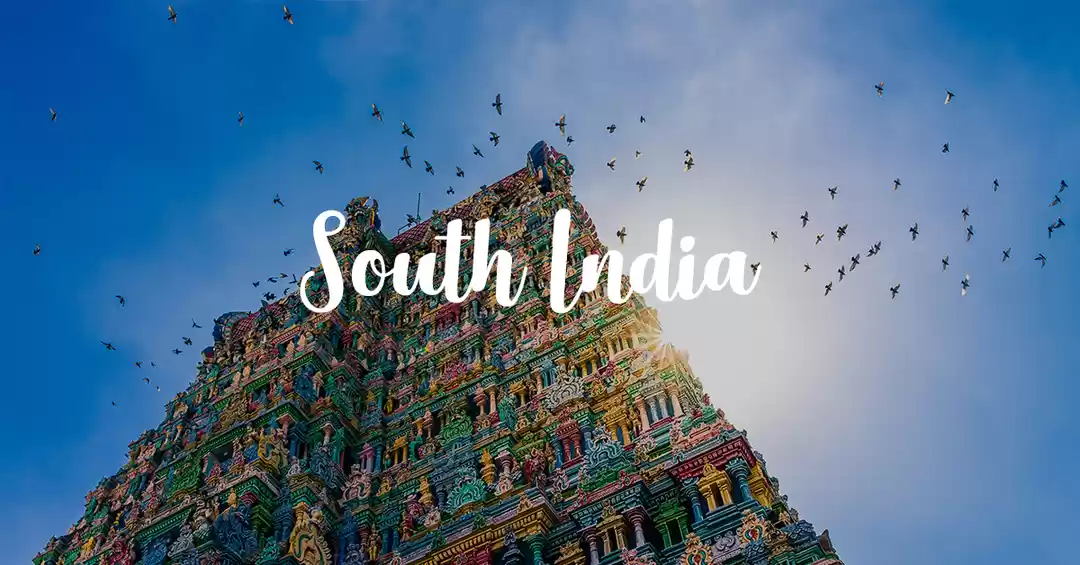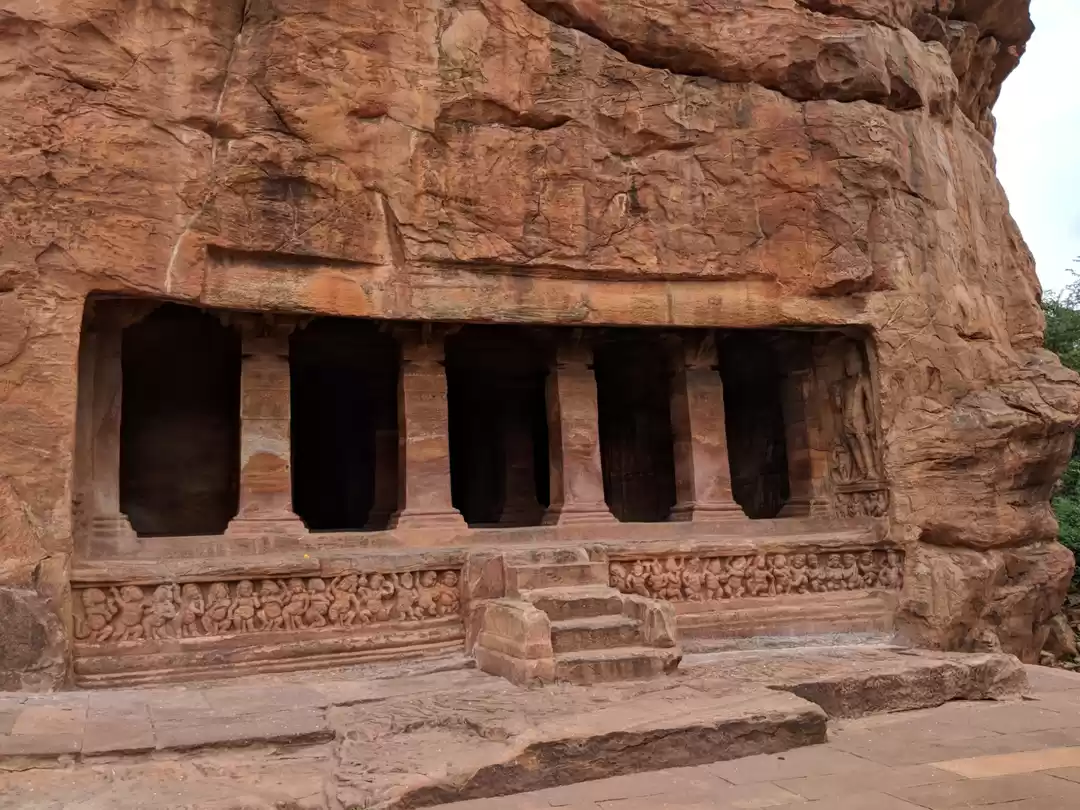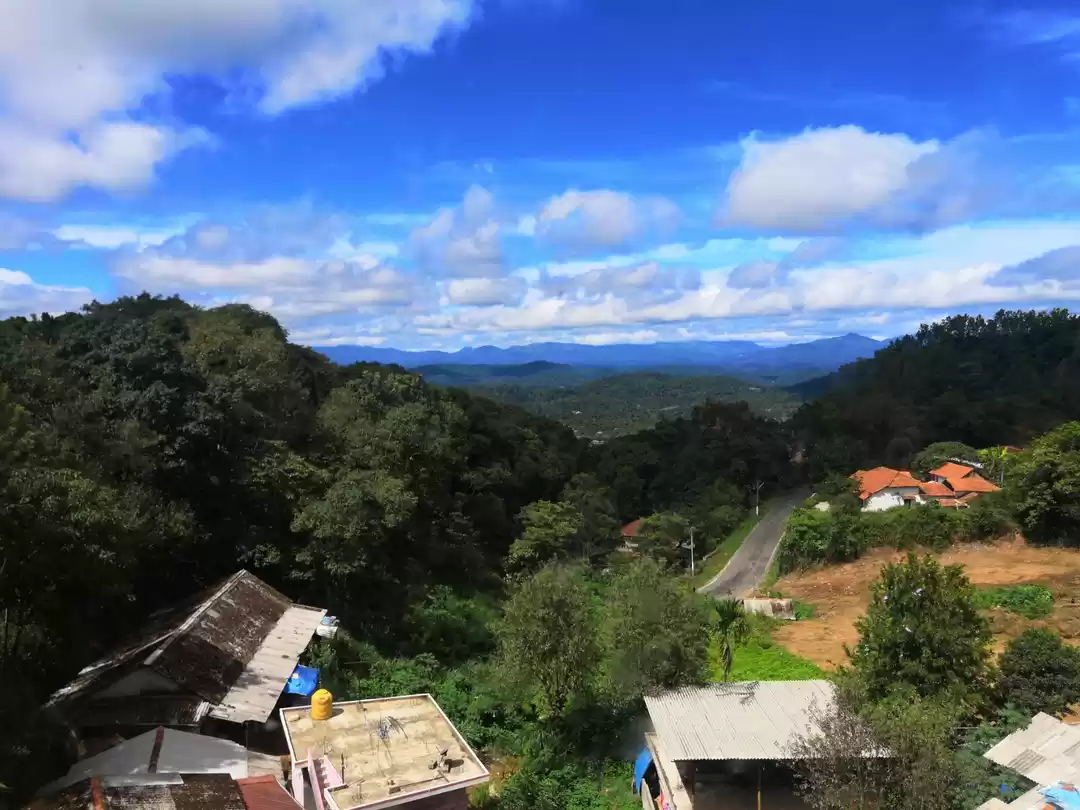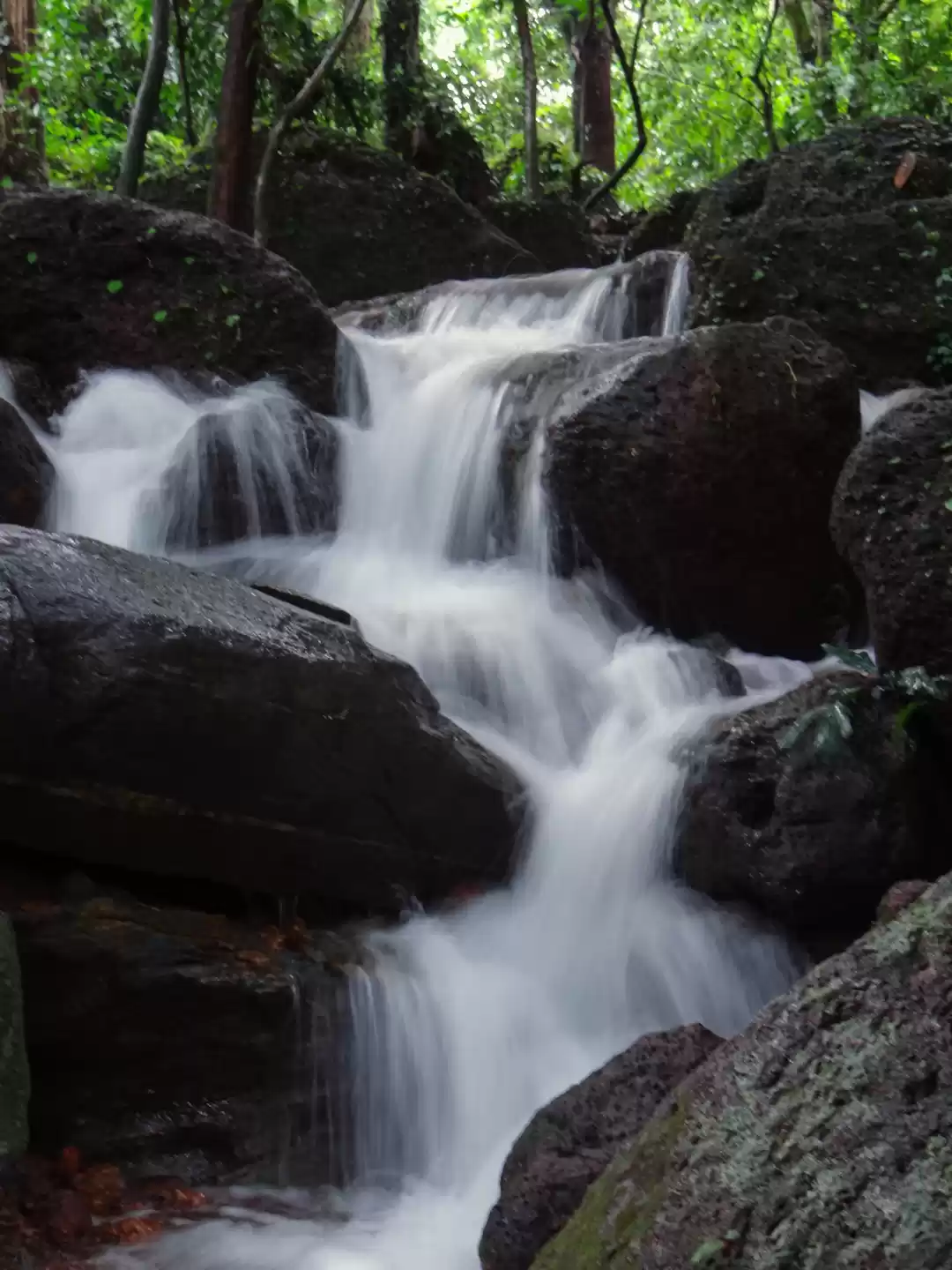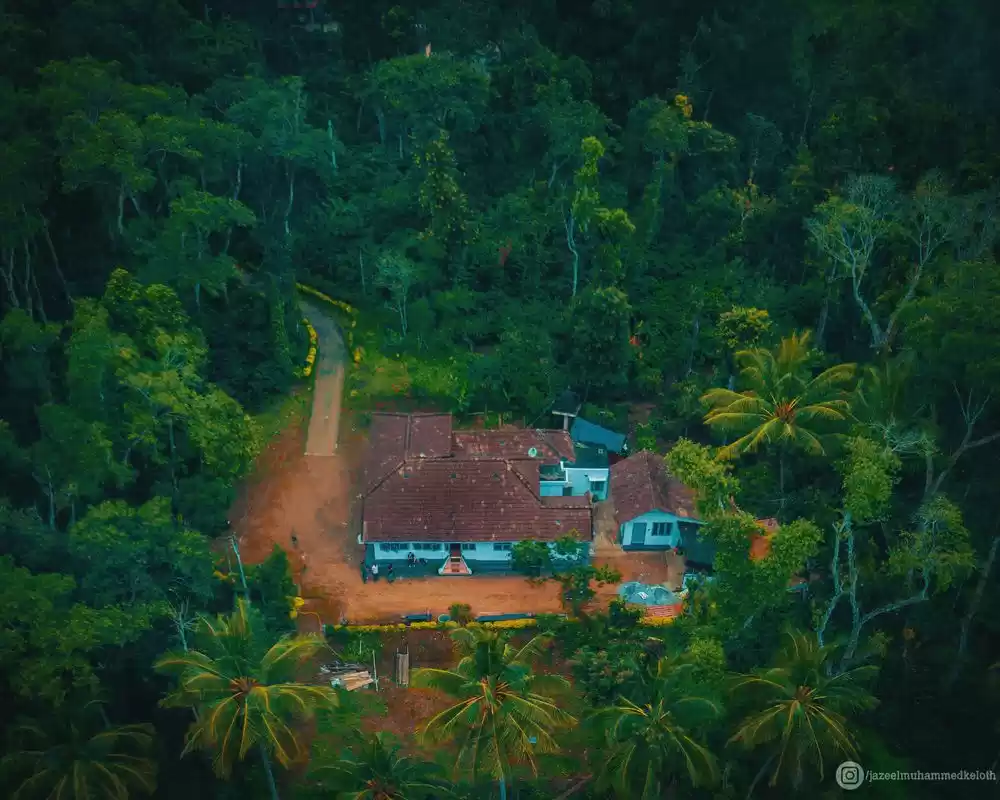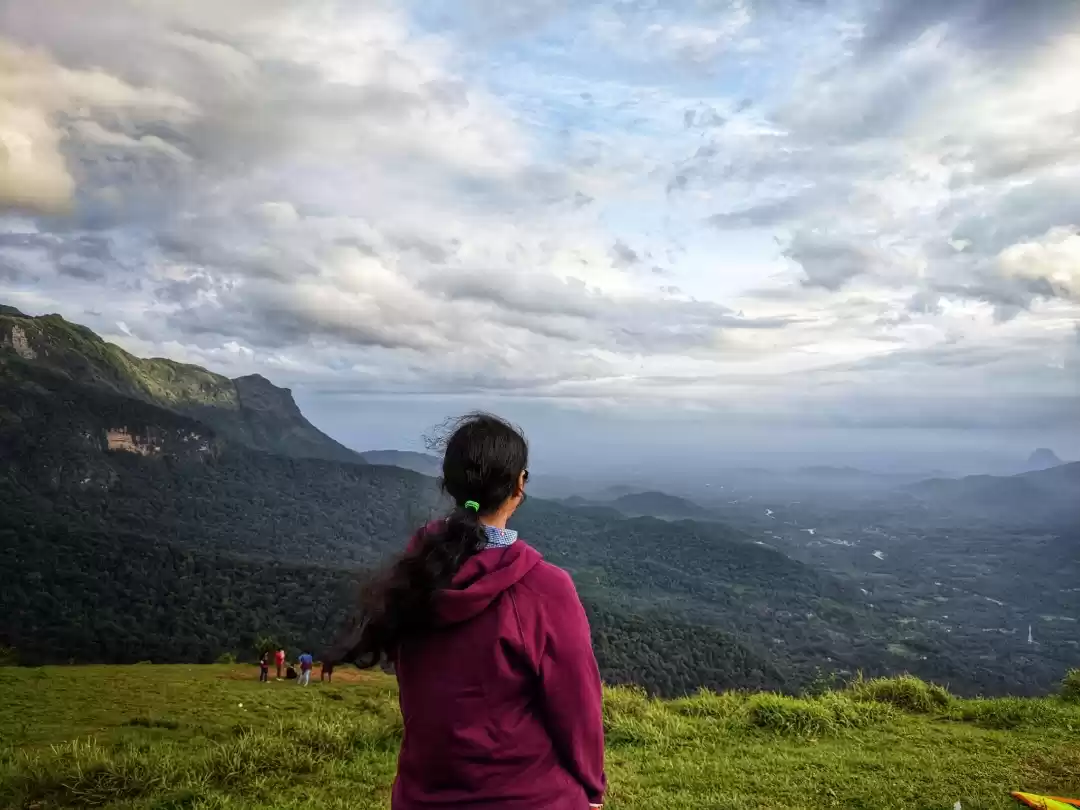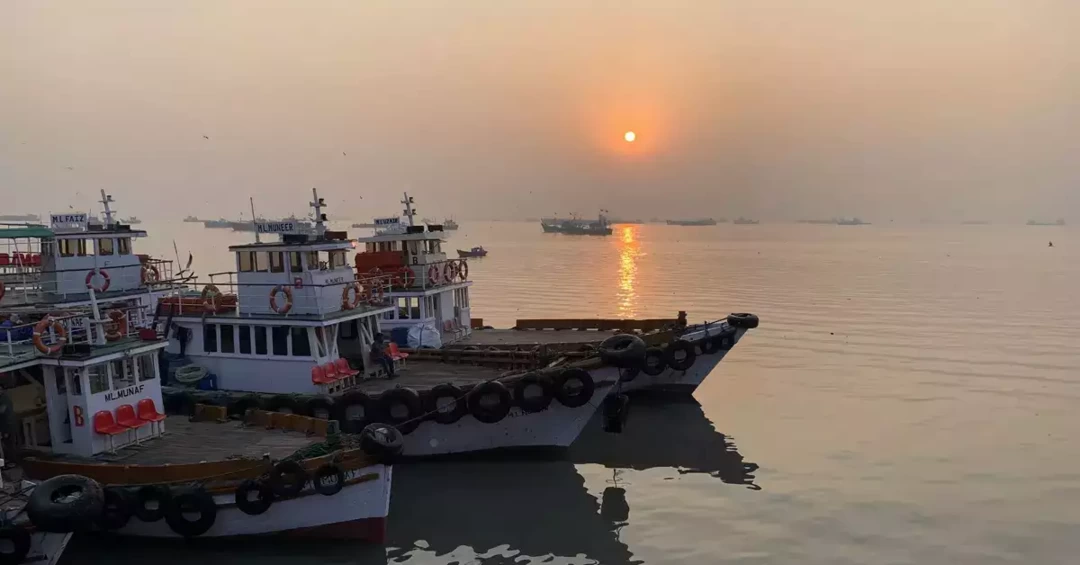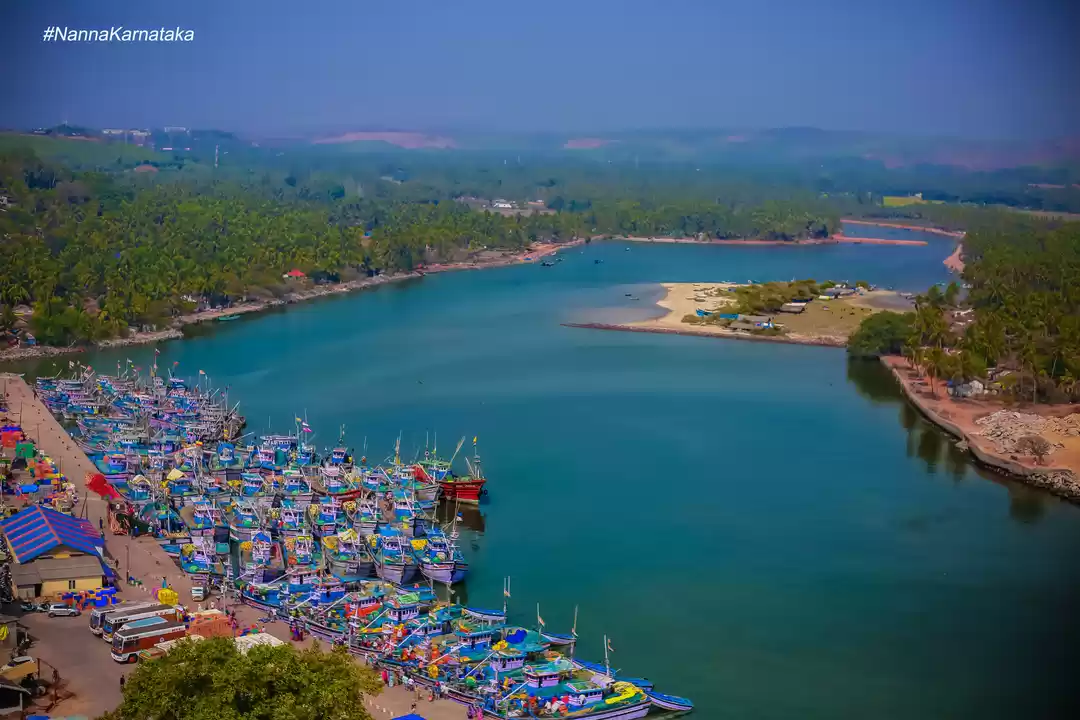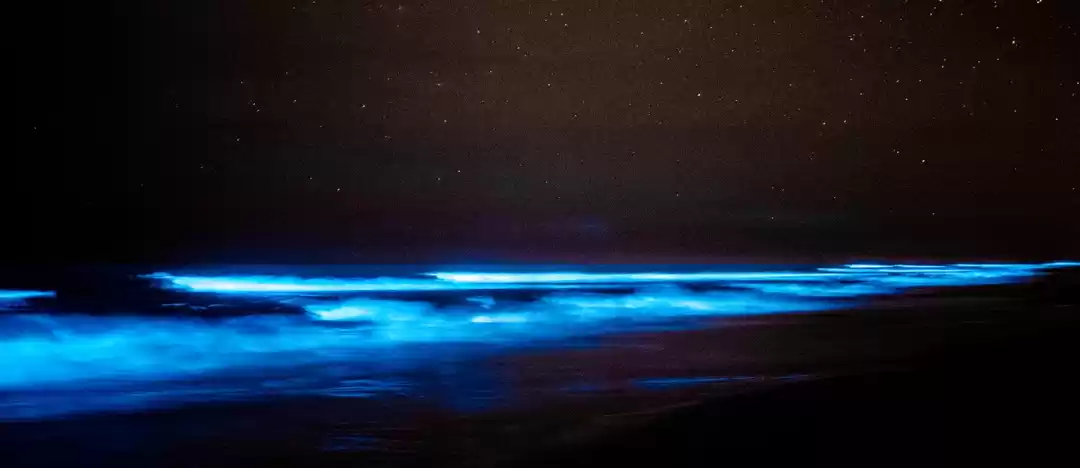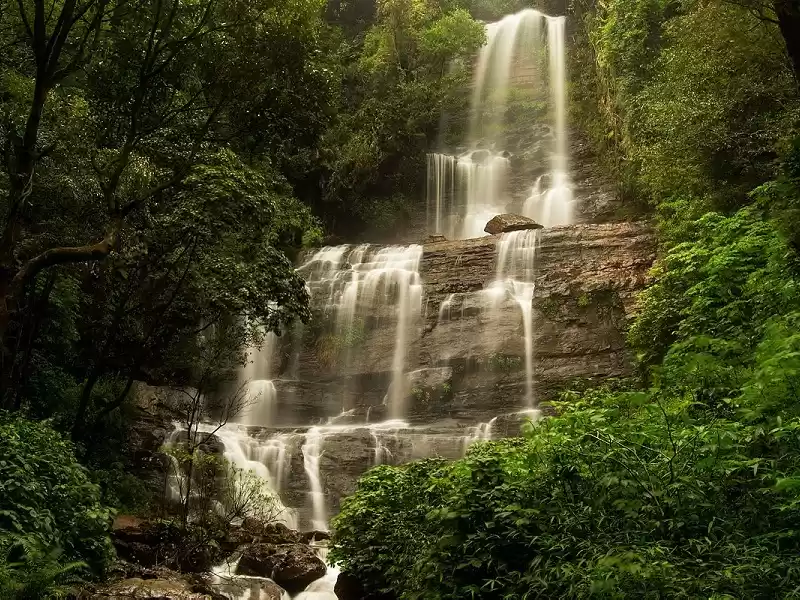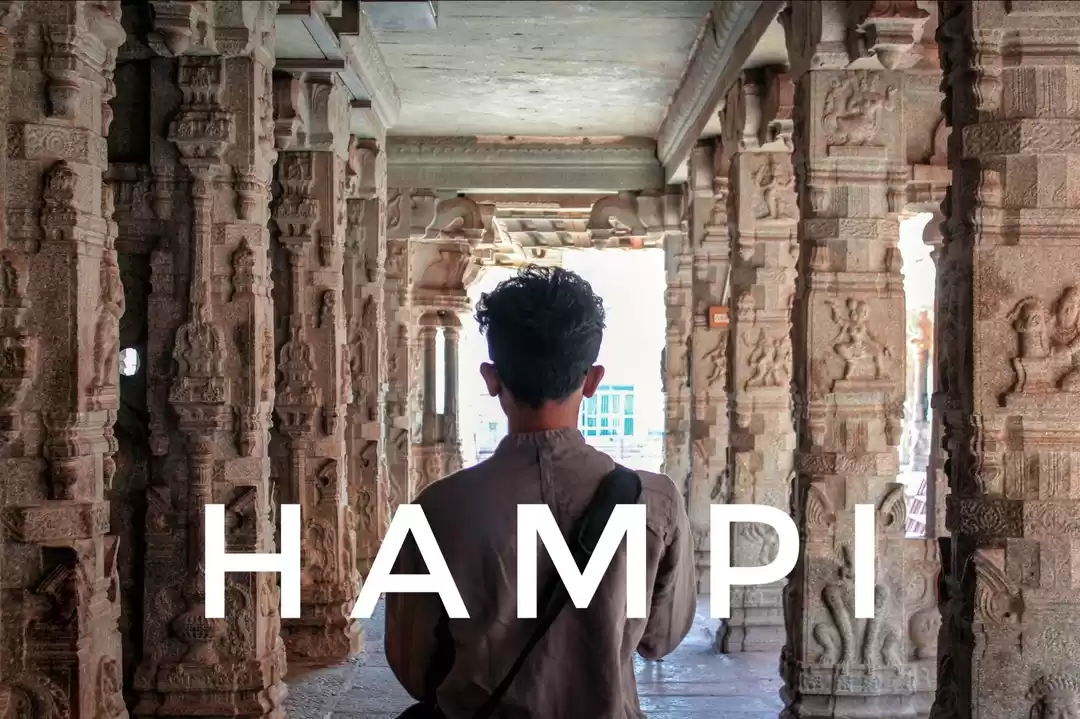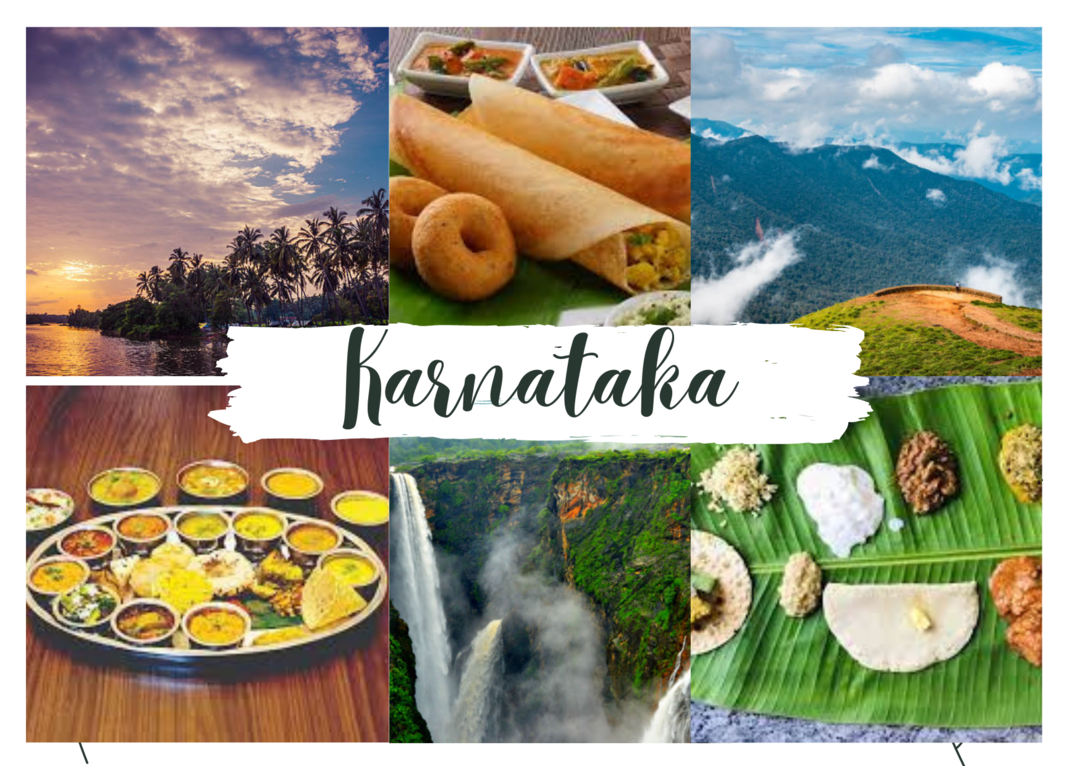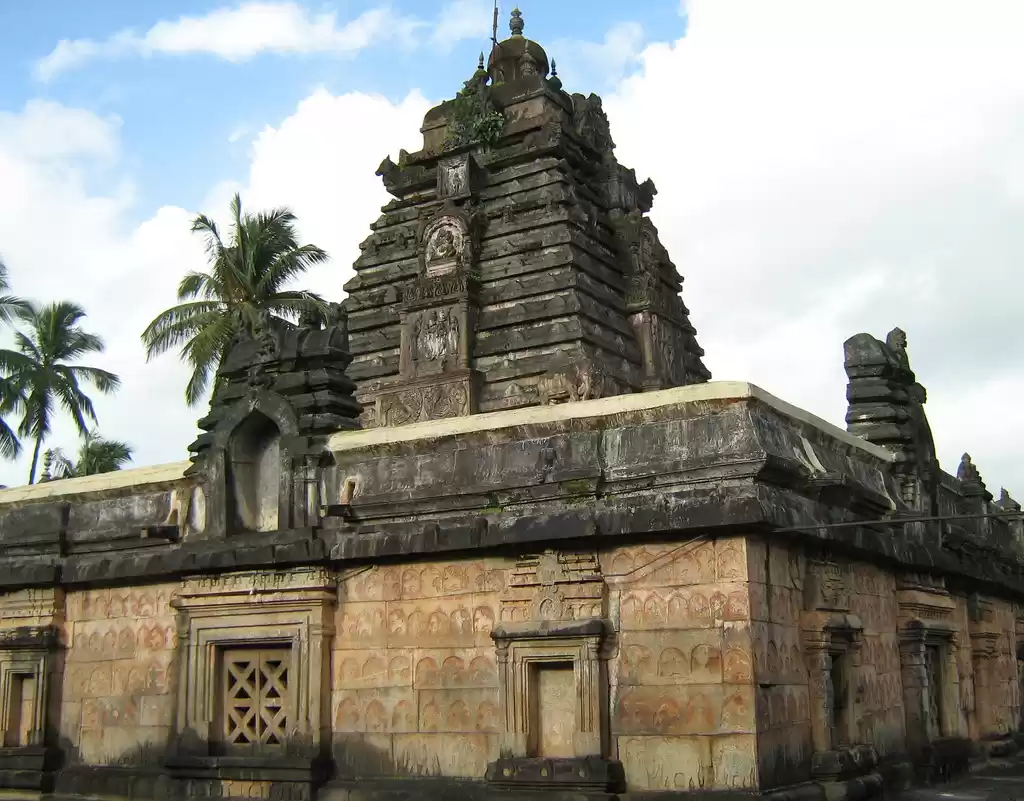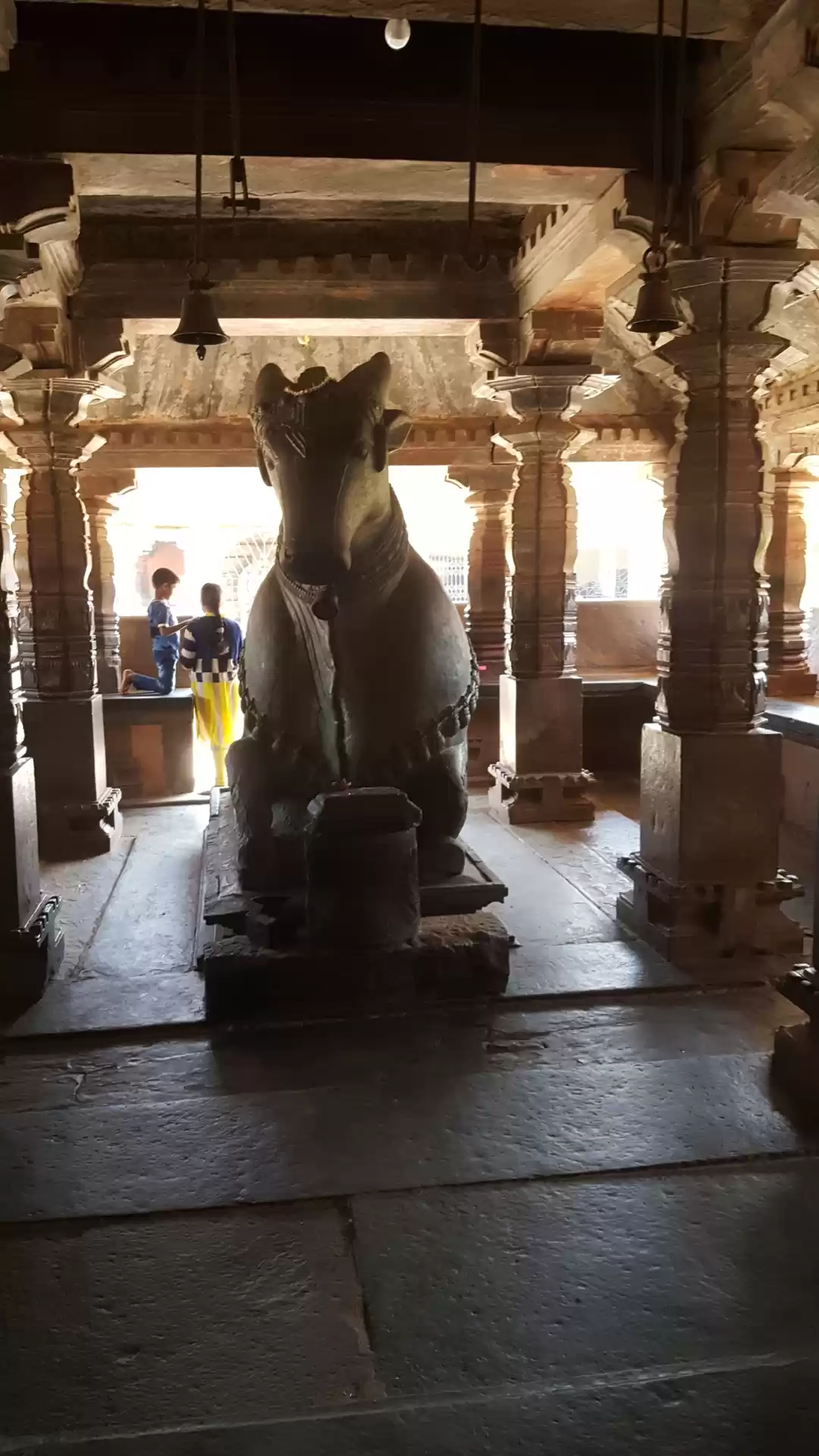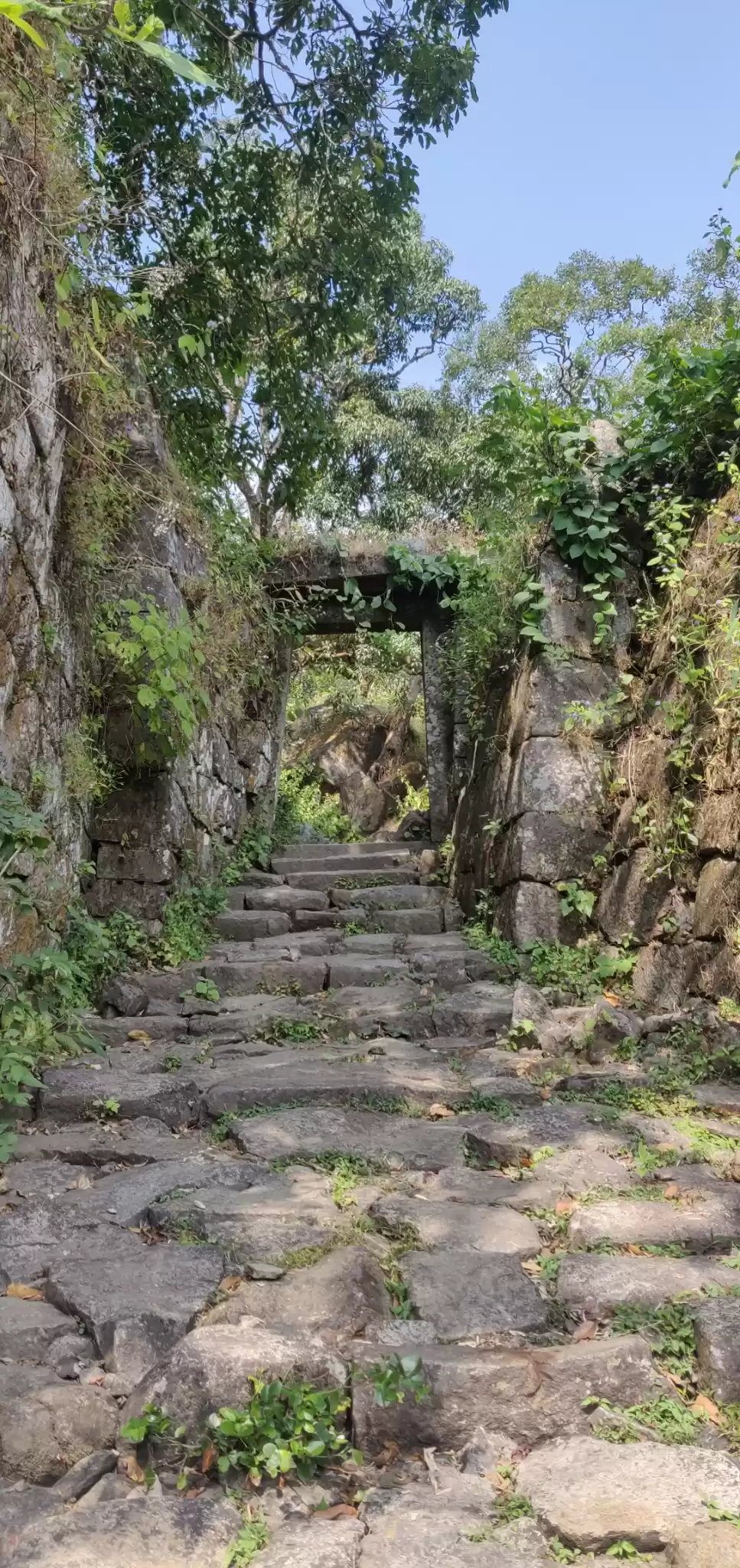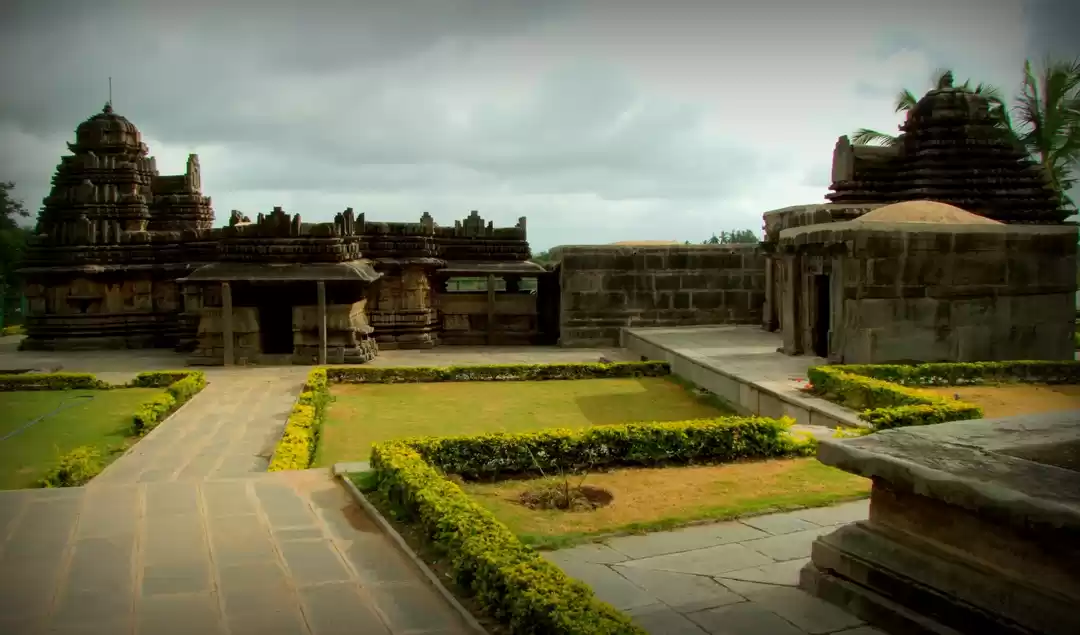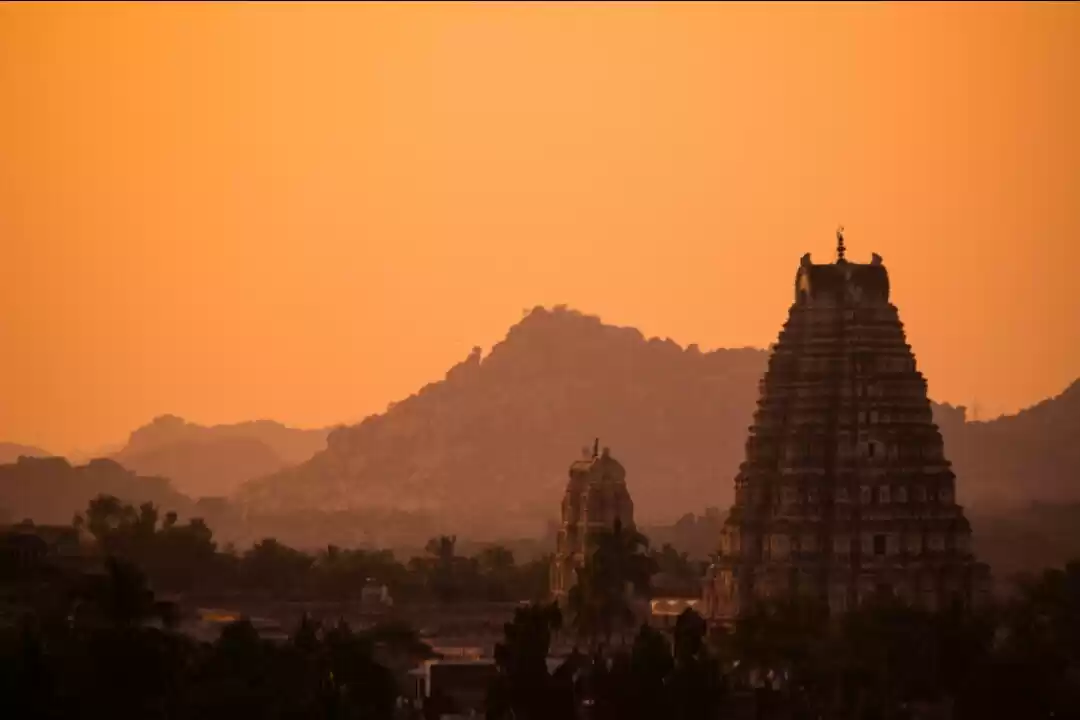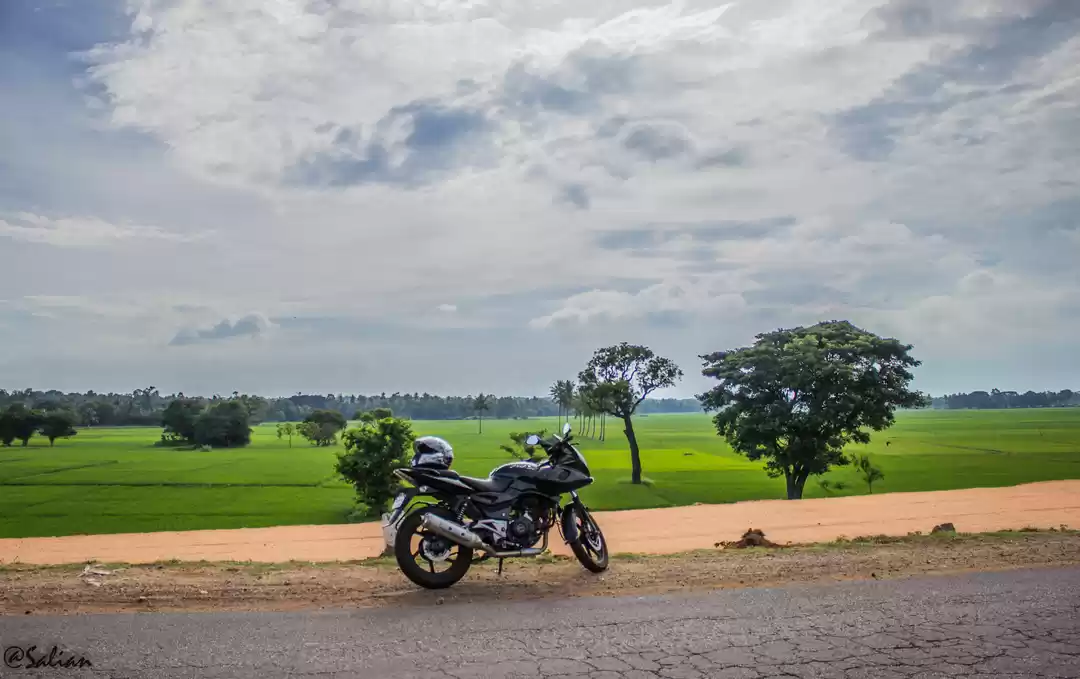








In his brilliant literary masterpiece, Pampa Bharata, the 10th century Kannada poet Pampa praised the beauty of a land endowed with exceptional natural beauty complete with dense forests, restless streams, rolling mountains and ebullient waterfalls. An ancient stronghold that has been recorded in Greco-Roman writer Ptolemy’s treatise ‘Geography’ in the 2nd century A.D and finds mention in the writings of Hiuen Tsang in the 7th century A.D as a Buddhist settlement known as Konkanapura. Banavasi, the first capital of ancient Karnataka, has been immortalized in the poems of Chamarasa and Kalidasa and has been the object of desire of many ambitious rulers.
Pampa wrote, “It is a virtue to be born in Banavasi as a human being. If not as a human being then at least one should be born as a bee or a cuckoo in the garden of Banavasi”. Located in the central Western Ghats it is full of surprises for the unhurried traveler – ponds carpeted with lotuses and lilies, neatly laid plantations of banana and areca nut and the mist gliding over the town holding hands with the wind. Walking is the ideal way to explore this town; however during the monsoon season befriend an umbrella to avoid being drenched.

In folklore, the site of Vanavasika alluded to in the Mahabharata is believed to be present day Banavasi also called Nandanavana, Kanakavathi and Jaladurga over the course of time. In the 4th century A.D Mayura Sharma, of the Kadamba Dynasty, chose Banavasi as his capital– then called Jayanthipura – and established the first formidable center of power in Karnataka. The symbols of its glorious past have been swallowed by time save for sections of crumbling fort walls criss-crossing the town and occasionally surprising the onlooker. The Madhukeshwara Temple, however, retains its splendor and displays several architectural influences like Chalukyas, Hoysalas, Kadamba and Sonda School of temple building.

Life in Banavasi revolves around the Madhukeshwara Temple that houses some exquisite sculptures and carvings namely the Trailokya Mantapa near the Nritya Mantap, an ornamented lithic cot, huge Nandi statue, honey coloured Shiva lingam and statues of the guardians of the eight directions. Banavasi receives heavy rainfall during the monsoons and the polished outer walls of the temple covered in moss and lichen testify to its eroding power. Beyond the temple entrance a flight of steps descends to the River Varada that surrounds the town from three directions and is usually in spate during the rainy season.

The town itself effuses nostalgia for the days gone by with archaic houses lining the streets and sports a laid-back lazy attitude except during the Kadambotsava festival every year when it springs to life and rejoices. A visit to Banvasi in incomplete without savouring the delicious local food served in its Khanavalis or small eateries – worth mentioning are breads made of rice, jowar and corn relished with veggies, pickles and chutneys and topped with Obattu smeared with ghee. Pineapples grown in the farms of Banavasi have earned a juicy reputation and are best enjoyed in the pouring rain. The town is also home to a number of highly acclaimed artists - carpenters, potters, carvers, painters and moulders.

Around 5kms from Banavasi is the archaeological site of Gudnapur known for a pillar inscription of the Kadamba king Ravivarma. The inscription, in a box headed script, reveals the origin and genealogy of Kadambas and has a description of a temple, palace, harem and dancing halls. The remains of these structures were excavated in Gudnapur along with precious stones and jewelry. The ruins lie on an elevated bund looking down upon vast fields that are flooded during the peak monsoon period.

During the monsoons the countryside around Banavasi is painted green largely due to rows of paddy fields where farmers toil in the incessant rain with their bullocks. With their ploughs slung over their shoulders farmers strut to their fields where scores of people are hunkered down in the rain tilling the land. The scenery is particularly pleasing around the Gudnapur Lake that is also an ideal spot to watch the golden rays of the setting sun reflected in the muddy waters of the lake with heavily wooded hills in the backdrop.


In the non-descript village of Balligavi, around 3 km from the busy hamlet of Siradkoppa on the Shikaripura- Sira highway, a couple of impressive temples of the Hoysalas and Chalukyas style stand in stark contrast to the simple rural dwellings nearby. Like Banavasi, Balligavi has an illustrious past that has faded into oblivion. During its zenith it is estimated that around 54 temples dotted this landscape along with several maths belonging to Shaivas, Vaishnavas, Jains and Buddhists. Many Hoysala sculptors of repute honed their skills here and the Kedareshvara Temple in the village attests to the artistic brilliance that flourished here.

In the other temple in Balligavi, Tripurantakesvara, the damage done by natural forces is more evident. The two parallel shrines facing east display signs of decay and whole portions of the temple have fallen into disrepair. However on keen observation one can still discover intricate carvings on stone – a delicately crafted mesh window with small figurines of dancers in creeper scrolls, dwarapalas decked in jewelry and an elaborate sculpture of Shiva killing Gajasura on the lintel of doorway to sanctum. Unlike other Hoysala temples we also find a number of erotic figures carved all around the platform on which the temple sits interspersed with stories from the Panchatantra.

Frequent searches leading to this page:-
karnataka honeymoon tour packages, karnataka heritage tour packages, karnataka tour packages itinerary, karnataka tour packages in bangalore, tour packages in karnataka

